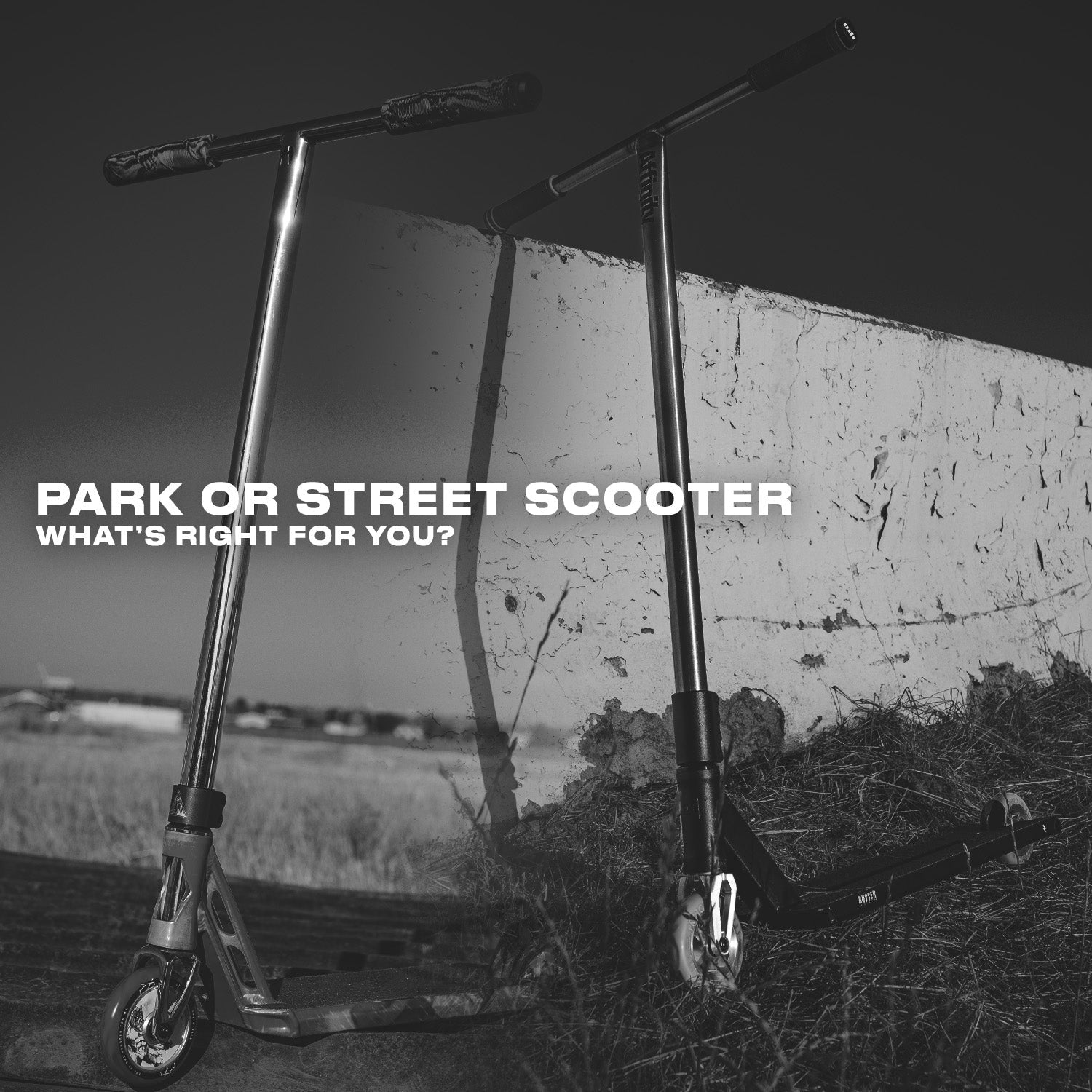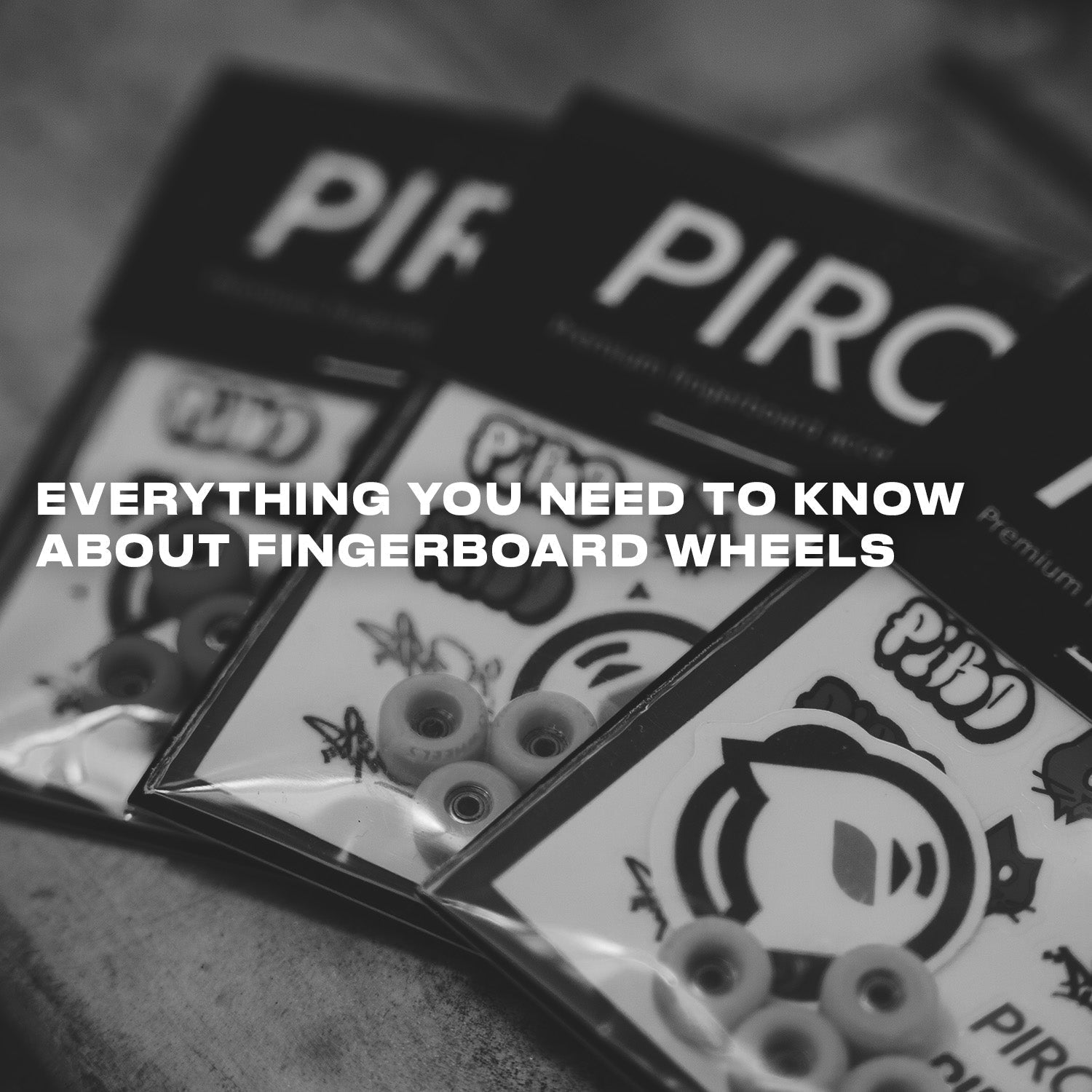Fingerboarding has evolved from a niche hobby into a dynamic subculture with its own gear, techniques, and styles. At the heart of every setup is the deck—the miniature platform that dictates how your tricks feel, how your fingers interact with the board, and how your style comes to life. In this in-depth guide, we’ll explore the different types of fingerboard decks, focusing on materials, concave styles, and widths, and how each choice can impact your performance.
🪵 Deck Materials: Wood vs. Plastic
Wood Decks
Wooden decks are the gold standard in fingerboarding, especially among intermediate and advanced riders. Most are crafted from 5-ply maple veneers, mimicking the construction of real skateboards. This layered design offers a balance of strength, flexibility, and "pop"—the springy responsiveness that makes tricks feel crisp and controlled.
Pros:
-
Superior pop and responsiveness
-
Durable and long-lasting
-
Authentic feel similar to real skateboards
Cons:
-
Generally more expensive than plastic decks
-
Slightly heavier
Plastic Decks
Plastic decks are often recommended for beginners due to their affordability and durability. They are less prone to chipping and can withstand rough handling, making them ideal for those just starting out. However, they typically lack the "pop" and tactile feedback that wooden decks provide.
Pros:
-
Cost-effective and widely available
-
Highly durable and resistant to damage
-
Lightweight, which can aid in learning basic flips
Cons:
-
Lack the responsiveness and feel of wooden decks
-
Limited customization
📐 Concave Styles: Low, Medium, and High
The concave of a fingerboard refers to the curvature across its width, affecting how your fingers grip and control the board.
Low Concave
Low concave decks have a subtle curve, offering a flatter surface. This design allows for more foot (or finger) movement, which can be beneficial for certain tricks but may reduce control.
Best for:
-
Riders who prefer a looser feel
-
Performing slides and grinds where more surface contact is beneficial
Medium Concave
Medium concave decks strike a balance between control and flexibility. They are versatile and suitable for a wide range of tricks, making them a popular choice among many fingerboarders.
Best for:
-
All-around performance
-
Riders seeking a balance between flip tricks and grinds
High Concave
High concave decks have a pronounced curve, providing more grip and control. This design is ideal for technical tricks that require precise finger placement and control.
Best for:
-
Technical flip tricks
-
Riders who prefer a more locked-in feel
📏 Deck Widths: Finding the Right Fit
Fingerboard decks come in various widths, typically ranging from 29mm to 35mm. The width of the deck affects stability, control, and the types of tricks you can perform.
29mm - 31mm: Narrow Decks
Narrow decks are more agile and flip faster, making them suitable for technical tricks. However, they offer less surface area for finger placement, which can be challenging for beginners.
Best for:
-
Experienced riders focusing on flip tricks
-
Those seeking a more responsive feel
32mm - 34mm: Standard Decks
This range is considered the standard for most fingerboarders. It offers a balance between control and agility, making it suitable for a variety of tricks and skill levels.
Best for:
-
All-around performance
-
Beginners and intermediate riders
35mm and Above: Wide Decks
Wider decks provide more surface area, offering increased stability and control. They are ideal for riders with larger hands or those focusing on grinds and slides.
Best for:
-
Riders seeking maximum stability
-
Performing grinds and slides
🔄 Matching Decks to Riding Style
Choosing the right deck involves considering your riding style, skill level, and personal preferences.
-
Beginners: A 32mm wooden deck with medium concave offers a balanced introduction to fingerboarding.
-
Technical Riders: A 30-32mm deck with high concave allows for precise control during complex tricks.
-
All-Around Riders: A 32-34mm deck with medium concave provides versatility across various tricks.
-
Grind Enthusiasts: A 34-36mm deck with low concave offers stability and surface area for slides and grinds.
🧰 Additional Considerations
Deck Shape
The shape of the deck, including the nose and tail angles, affects how the board flips and responds. Experimenting with different shapes can help you find what feels most comfortable.
Graphics and Aesthetics
While not affecting performance, the design and graphics of a deck can reflect your personal style and make your fingerboard more enjoyable to use.
Grip Tape
Applying grip tape enhances control and prevents slipping. Different textures and thicknesses are available to suit individual preferences.
🏁 Conclusion
Selecting the right fingerboard deck is a personal journey that depends on your skill level, riding style, and preferences. By understanding the differences in materials, concave styles, and widths, you can make informed choices that enhance your fingerboarding experience. Remember, experimentation is key—don't hesitate to try different setups to discover what works best for you.
Happy shredding!




Leave a comment
This site is protected by hCaptcha and the hCaptcha Privacy Policy and Terms of Service apply.